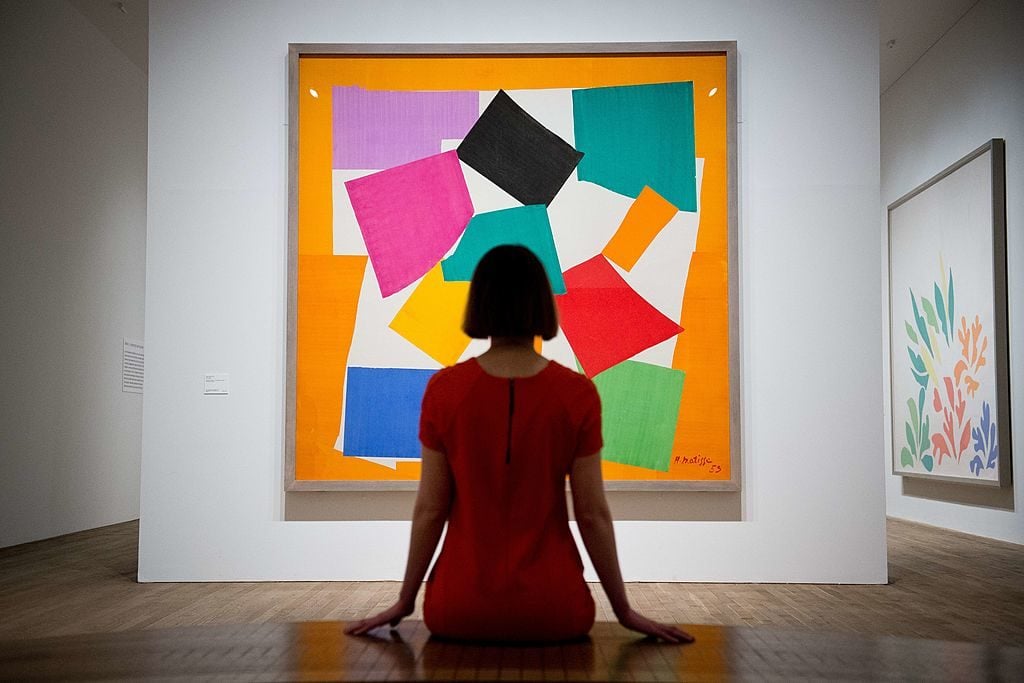Art World
Mysteries of the Gallery Girl, Part I: Unpacking the Stereotype
What exactly does it mean to be dubbed a “gallerina”?

What exactly does it mean to be dubbed a “gallerina”?

Caroline Elbaor

“Mysteries of the ‘Gallery Girl,'” is a weekly series exploring the role of the “gallerina” in the contemporary art world.
Since its inception in the mid-2000s, the term “gallerina” has become popular fodder for contemporary media and culture. The New York Times reported on the fad in its early age, running a story titled “Gatekeepers to the Art World” in 2008, while more recently, New York Magazine art critic Jerry Saltz published an essay in defense of these women. The Bravo channel too jumped on board, debuting the reality show Gallery Girls in 2012. Even the HBO series Girls featured one of its central characters in the job.
But, for all of the word’s popularity, its meaning—and what the gallery assistant job actually entails—remains mysterious. Morphing over the years from a casual nickname to a perceived insult, “gallerina” is now used to conjure the mostly negative image of attractive, stone-faced young women who worship at the altar of contemporary art, serving as assistants to the art world titans they aspire to be, and scoffing at anybody else.
The question is if the stereotype rings true, and if the art world acquiesces to—or even fosters—it. For instance, upon exiting her first stint as a gallery assistant at a fairly successful Chelsea gallery, an acquaintance I spoke to for this story described the gallery’s straightforward screening process for her replacement: find somebody young and attractive; make sure it’s a girl.
Recent college graduates were also among the preferred applicants because “their inexperience meant they had lower standards for what was acceptable treatment. [The gallery owner] didn’t want ‘a girl who refuses to do the things I ask her to.’”
Despite the glaring illegality of these hiring practices, the specific criteria was openly circulated among gallery staff, and “at one point, when I nominated a smart, obviously capable candidate, the general consensus was that she was not ‘perky’ or ‘pretty’ enough.” While one woman’s experience certainly doesn’t speak for all gallery protocol, it is worth noting that her anecdote supports the theory that of an art world agreement on how candidates are selected for this entry-level position.
In the New York Times’ report, art advisor Sherri Pasquarella offered a rationale for the hiring of the gallerina. “Everyone wants a look,” she said. “They want someone who dresses a certain way: Armani, hippie-dippie, freak. It’s about building the gallery as a brand. And it’s divorced from the art on view.”
The quintessential image of the “gallerina” places a well-coiffed young woman behind a sleek desk, surrounded by sparse white walls, her ever-present chilly demeanor intact. “I am often asked by gallery-going strangers what exactly I am staring at so intently on my computer. And why do I never look up from my screen?” says a staffer at a blue-chip Chelsea gallery. “The answer is, of course, that I am working on the various tasks I’d been assigned, but I can’t say that.”
I, too, was admittedly once one of these all-black-clad ingénues, first stepping into a gallery as a wide-eyed intern during college, followed by working full-time for years as an assistant in two Chelsea galleries. In this six-week series, “Mysteries of the ‘Gallery Girl,’” I aim to shed light on the strangeness of being a female assistant in an industry that is far less regulated than most, and I’ll weigh out the “gallerina” image to ask if the art world itself reinforces this stereotype.
Next week, “Mysteries of the ‘Gallery Girl’: Bracing the Storm” will travel back to 2012, a time of peril when Hurricane Sandy wiped out storage facilities and dignities alike.